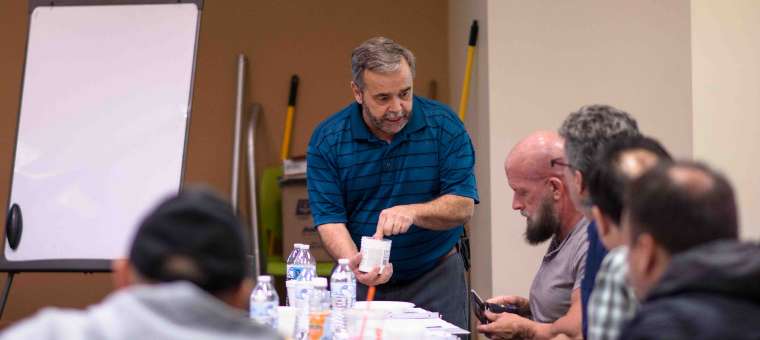Bed Bug Prevention - Dealing with Infestations
Bed bug infestations are on the rise
Infestations of bed bugs had been scarce over the last 50 years, but with the decline of pesticide use, there’s been a bed bug resurgence in recent years. Bed bugs have become a pervasive pest in university dormitories, hotels, cruise ships, and commercial buildings, such as apartments, offices, and retail stores.
Unfortunately, a bed bug infestation is difficult to eradicate, so the best approach is take steps to prevent an infestation.
Bed bug control starts with knowing what to look for and where
Effective control is dependent upon discovering all insect hiding places. This requires careful examination for signs of active infestation.
Here are some things to look for:
- Dark reddish-brown blood or black staining from excrement
It is spotty, close together and looks like dark spattered dirt. Look for these stains on sheets, between furniture cushions, mattresses, etc. - Bed bug eggs
They look like poppy-seed-sized grains of rice. They are light colored, clumped together, and adhered to a surface. Look in any cracks and crevices near where people sleep or dwell including folds and creases of bed linens, under seams, tufts, buttons on mattresses, in drapery pleats and hems, loose wallpaper, headboards, desks, entertainment centers, nightstands, behind base molding, in wall-mounted artwork, etc.
Directions
- Use photos of bed bugs, their larvae and eggs, and their fecal matter to train your staff. This will help them know how to recognize an infestation.
- Use flashlights (in addition to sunlight or artificial light) to inspect for bed bugs or signs of infestation during cleaning. Look for crawling insects, blood spots, and excrement and/or cast skins.
- Train staff to inspect while vacuuming, but know that vacuuming alone is not enough to dislodge bed bugs and their larvae. Use a brush in conjunction with vacuuming to loosen dust and debris from crevices, upholstery or mattress seams, artwork, mounting hardware, molding, bed frames, walls cracks, etc. A canister vacuum with crevice attachment works best.
- Remove mounted artwork from walls and inspect the back side. Brush and vacuum to remove loose dust from artwork and mounting hardware.
- Remove the headboard and inspect the back side. Brush and vacuum crevices on the headboard and mounting hardware.
- Remove the box spring and mattress from the bed frame. Brush and vacuum crevices on the frame and seams of the mattress.
- Remove drawers from nightstands, dressers, desks, and entertainment centers. Brush and vacuum cracks and crevices.
- Brush and vacuum hems and pleats of draperies.
- Apply caulk and seal holes where pipes and wires penetrate walls and floors. Fill cracks around baseboards and cove molding to reduce places where bed bugs can hide and infest.
- Confirm that the insects you see are bed bugs before applying any treatment. Decide whether a pesticide company should be called in or if you can manage the job appropriately.
- Microban X-590 can be applied to the same surfaces you inspect, brush, and vacuum. It will prevent infestations and kill bed bugs, their larvae, and eggs.



